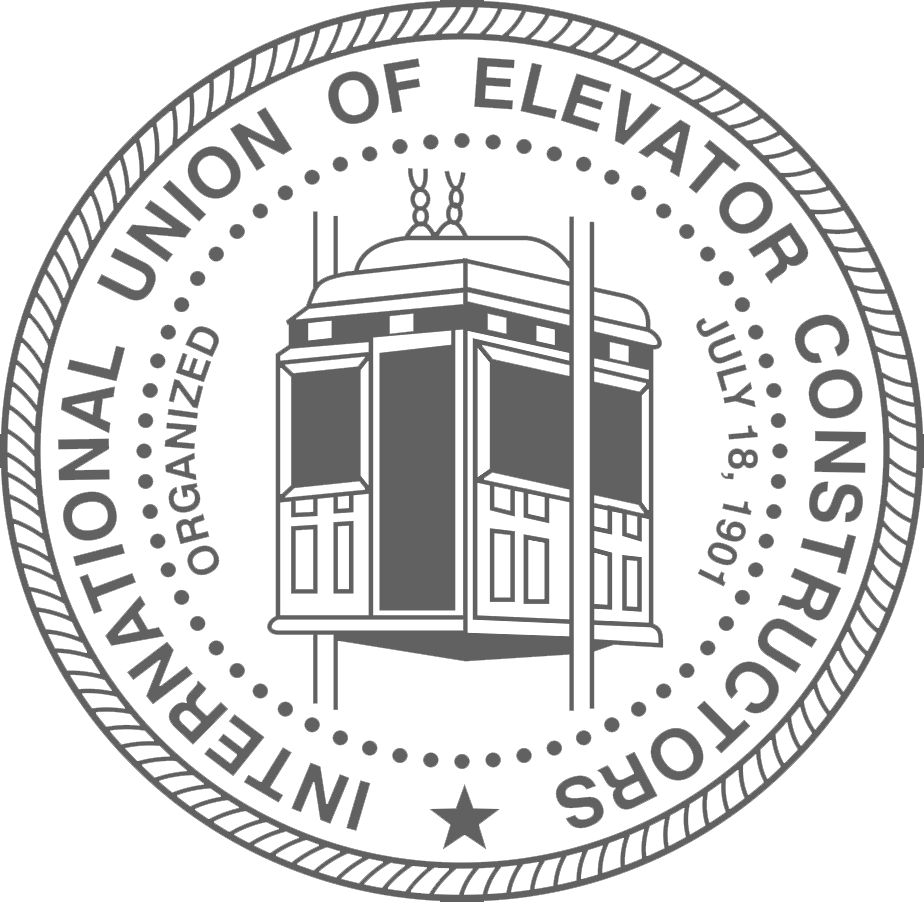A water problem is indicated when the static water level on the job site is higher than the pit floor. When this occurs United Drilling would recommend installing a steel water-tight liner. Steel liners are installed as a separate sleeve of casing inside the drill casing and/or drilled hole; all sections are welded together, a bottom is continuously welded in place, and a pour collar is welded just below pit floor elevation. In order to guarantee a dry pit, the pour collar is poured into the pit floor by others to seal off the water from the outside of the liner. United Drilling guarantees all welds to be watertight and no water will come up inside the liner but does not specialize in concrete or water-proofing.
After the liner is concreted in, and the concrete cures, you can pump the hole dry, if desired. It is important to note, at the time of installation, the liner will be filled with water to ensure it remains in place. Pricing includes the installation of the steel liner with a welded bottom as well as the pour collar welded to the liner below pit floor level. If the pit is not installed at the time of drilling the pour collar will be left with the General Contractor for installation by others after the pit is excavated. Concrete plugs, while sometimes specified on a job, will not guarantee a dry hole and have been known to move up the drill casing if you attempt to remove the water from the hole.
Determining the Static Water Level
A geotechnical report is a great place to start when trying to determine the static water level. The test borings in this report should show the ‘observed water level’ upon completion of drilling. You will need this information, in combination with the building plans, to determine if the static water level is above pit floor. If a geotechnical report is not available the following questions can be asked: Are you de-watering during construction? Does the pit make water; meaning, when it is pumped dry will water come into the pit via the block-out in the floor? If the answers to either of these questions are yes the water level is most likely above the pit floor. It is also possible United Drilling has historical data for the area in question; don’t hesitate to ask if we drilled and installed steel liners in close proximity.
Steel Liner vs PVC Liner
We have heard from some contractors that they will simply ‘water-proof the PVC liner into the pit floor’ to avoid purchasing a steel liner. While United Drilling is not a water-proofer by trade we would like to mention the following concerns. Steel liners are rigid and will stay on location; PVC is flexible and, therefore, will remain ‘free-floating’ until your jack is installed. This means the PVC cannot be concreted into the pit floor until after the piston is plumbed; typically this part of the elevator work occurs towards the end of construction. In regards to water problems, the general contractor can concrete the steel pour collar immediately in place to seal off the water.


